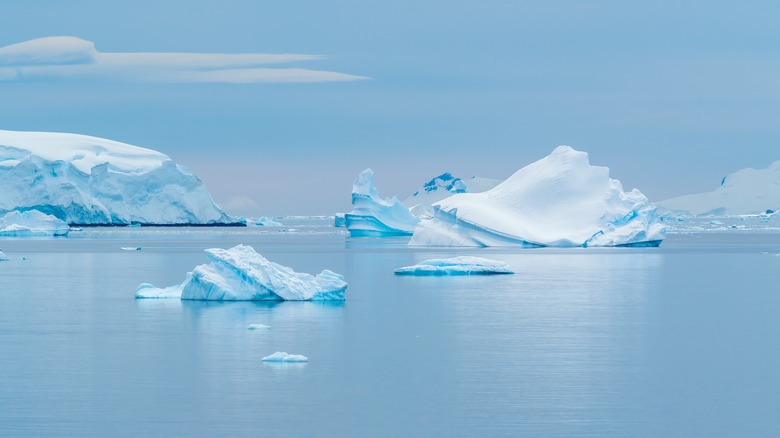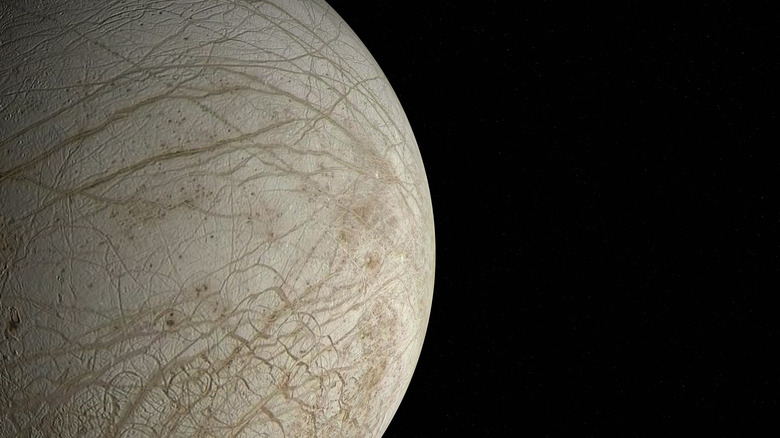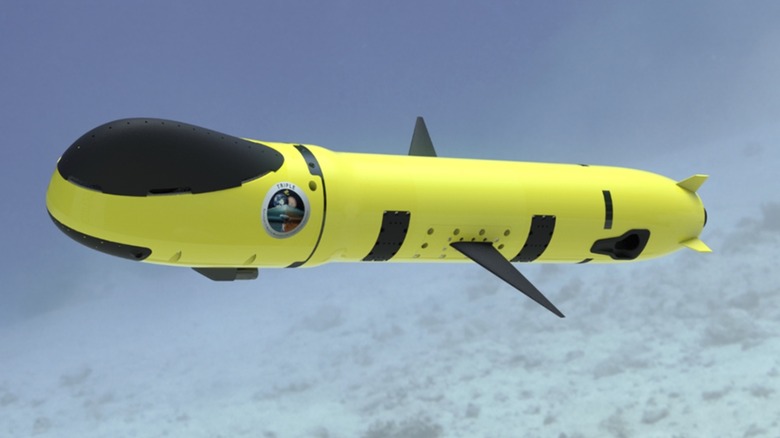How Scientists Plan To Explore The Mysterious Depths Under The Antarctic Ice
A group of scientists from the MARUM (Center for Marine Environmental Sciences) at the University of Bremen, Germany, have embarked on a journey that could potentially unravel the mysteries of frozen worlds in our solar system.
The study — which centers around a small underwater vehicle called the TRIPLE-nanoAUV 2 — primarily aims to discover what lies beneath the uncharted water bodies on Jupiter's moon Europa and Saturn's moon Enceladus. Both moons are believed to contain vast liquid oceans beneath their frozen ice sheet surfaces. Their path to discovery, however, begins much closer to home — right here on Earth.
Given the immense challenges involved in the exploration of these alien water bodies, the group of scientists hopes to send probes to explore subglacial oceans located right here on Earth, where conditions are thought to be similar to the environment on these moons. Antarctica, known for its formidable continental ice sheet — up to 13,000 feet thick in some areas — is believed to contain vast subglacial oceans about which very little is known.
By exploring these subglacial oceans on Earth, the scientists hope to learn more about what to expect from future missions to these icy worlds. They will also be able to test the kind of equipment and sensors needed to study these alien worlds. This knowledge will be essential for addressing several important questions surrounding such future space missions.
Breaking the ice barrier
At the outset, it is important to decode the rather confusing name that the researchers have chosen for their probe. While the "Triple" in TRIPLE-nanoAUV 2 stands for "Technologies for Rapid Ice Penetration and Subglacial Lake Exploration," the AUV bit is short for "Autonomous Underwater Vehicle" — with the "nano" bit describing its rather diminutive size.
Measuring just 50 cm long and 10 cm thick, the TRIPLE-nanoAUV 2 is only slightly larger than a typical toy. The small size of the AUV was a necessity because it has to be transported through the ice as payload within a melting probe. This melting probe is essential to melt the frozen ice and create a pathway for the AUV to reach the sub-glacial waters.
The AUV itself will be powered by batteries, along with a host of instruments and sensors designed to search for signs of life and collect samples. Once the AUV reaches the desired depth, it will be powered on and can operate for several hours on a single charge.
In addition to the AUV, the team also intends to anchor an underwater docking station designed specifically for the AUV, which will serve as a docking station and a communications unit. The TRIPLE-nanoAUV 2 system will be tested in the spring of 2026 during a field trial under the Antarctic ice shelf, near the Neumayer III Station.
Long-term goals of the TRIPLE project
The TRIPLE-nanoAUV 2 is a precursor to future missions to other worlds where the presence of subglacial lakes has been postulated. Today, the only two worlds where such lakes are a known possibility are the aforementioned Jupiter and Saturn moons, Europa and Enceladus.
Saturn's largest moon, Titan, could also be a possible target — albeit to a much lesser extent. All of these moons are believed to have oceans of water beneath their icy surfaces, and scientists are eager to explore these oceans for signs of life. In its initial form, though, the TRIPLE-nanoAUV 2 system will be used to explore and study the subglacial oceans right here on Earth, about which we know precious little.
Given how hard to reach these lakes are, they are believed to contain unique ecosystems that have been isolated from the rest of the world for millions of years. MARUM's TRIPLE-nanoAUV 2 and associated experiments have the potential to revolutionize our understanding of life in the universe, and could provide clues about our own origins.


